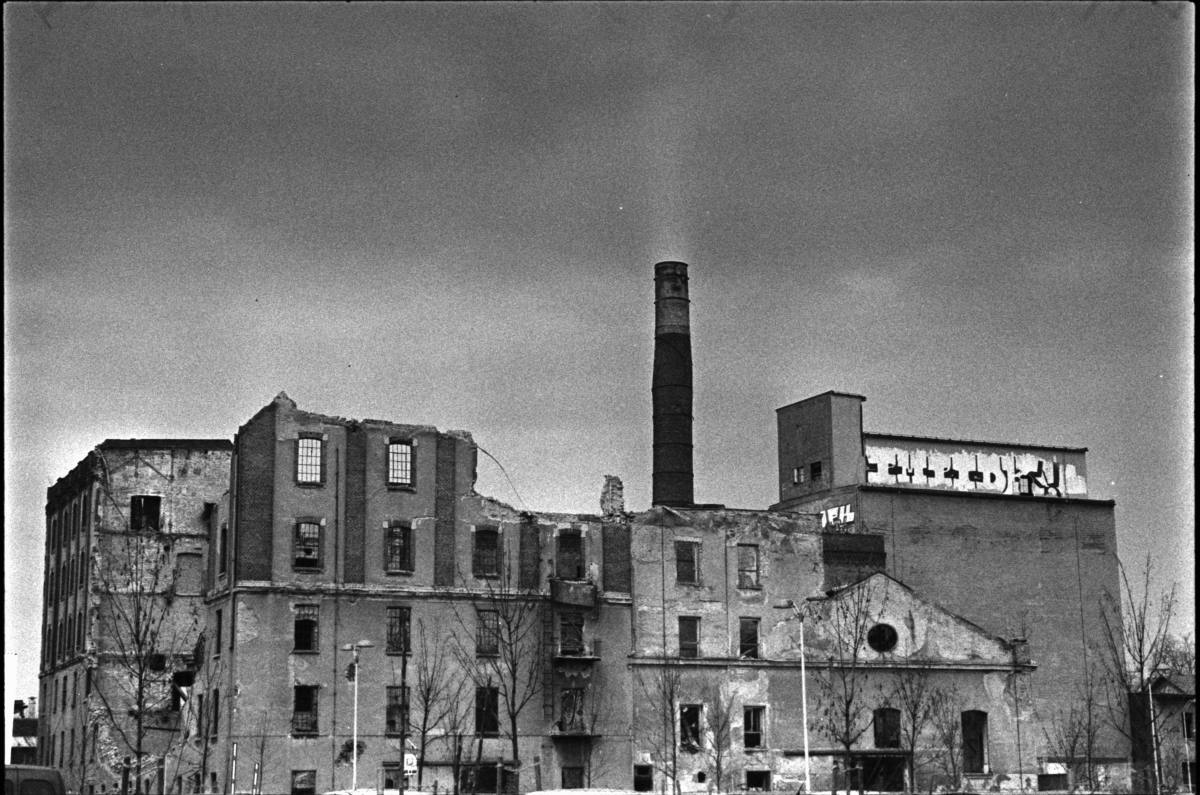Jiloo
eternal amateur
Have to admit I love nice grainy pictures. And you just help me made a decision to start developing b&w films on my own. Just started to looking for canister and chemicals.
Here is my example of grain. Unfortunately it's 6x4,5 MF photo, so grain is rather small.
Rolei RPX400 @1600 developed in a lab (they use T-Max developer)

Boguś. processing images by itsJiloo, on Flickr
EDIT: Foget to mention RPX400 was pushed to 1600.
Here is my example of grain. Unfortunately it's 6x4,5 MF photo, so grain is rather small.
Rolei RPX400 @1600 developed in a lab (they use T-Max developer)

Boguś. processing images by itsJiloo, on Flickr
EDIT: Foget to mention RPX400 was pushed to 1600.
Last edited:

















